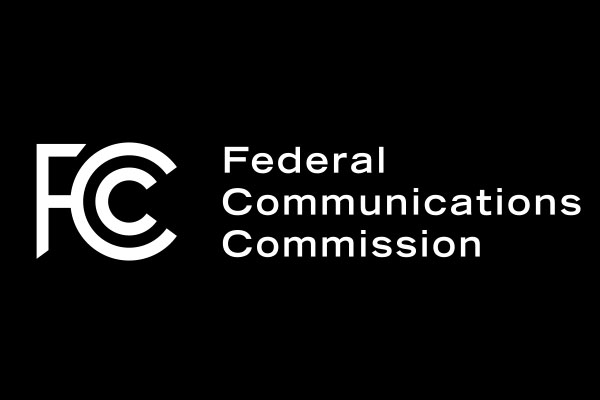Last month, the Federal Communications Commission (FCC) hosted an open commission meeting where they discussed some exciting developments in the upgrade to NG9-1-1. These discussions reinforced the FCC and key stakeholder’s dedication to staying at the forefront of technology and ensuring that NG9-1-1 continues to evolve and adapt to meet the changing needs of our communities.

The Commission deliberated on a Notice of Proposed Rulemaking aimed at expediting the update to NG9-1-1. While it’s not final, they proposed that providers adopt certain requirements that would support NG9-1-1 elements and functions. These providers include wireline, Commercial Mobile Radio Service (CMRS), interconnected Voice over Internet Protocol (VoIP), and Internet-based Telecommunications Relay Service (TRS).
Taken directly from the Notice of Proposed Rulemaking, the three proposed requirements are as follows:

Standardization: Implementing consistent requirements across providers minimizes confusion and streamlines the upgrade to NG9-1-1. It promotes interoperability between different systems and enables seamless communication.
Compatibility: By aligning requirements with IP-based networks, providers can develop compatible infrastructure at the start of the upgrade to NG9-1-1. This compatibility ensures a smooth transition without significant disruptions or the need for costly system overhauls in the future.
Scalability and Flexibility: Having clear requirements enables easy scalability and flexibility, accommodating future advancements in NG9-1-1 technology. This adaptability ensures that emergency services can easily evolve and integrate new capabilities as they become available.
Enhanced Collaboration: When requirements are established for all relevant providers, it encourages collaboration and coordination among stakeholders involved in the upgrade to NG9-1-1. This cooperation facilitates knowledge sharing, best practices, and ultimately leading to a faster and more comprehensive migration.
The June 2023 FCC meeting showcased a needed push to advance the upgrade to NG9-1-1, paving the path for enhanced emergency response capabilities and improved public safety nationwide. If adopted, the requirements will avoid additional costs and further delays in the transition. Stay tuned for further updates as we make progress toward a nationwide upgrade to NG9-1-1. Feel free to always contact our expert team with any questions.
Rosenworcel, & Starks. (2023, June 9). Notice of Proposed Rulemaking. https://www.fcc.gov/. Retrieved July 13, 2023.